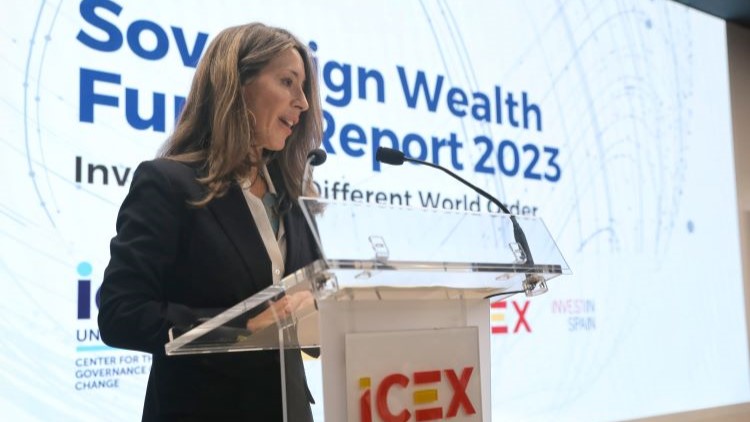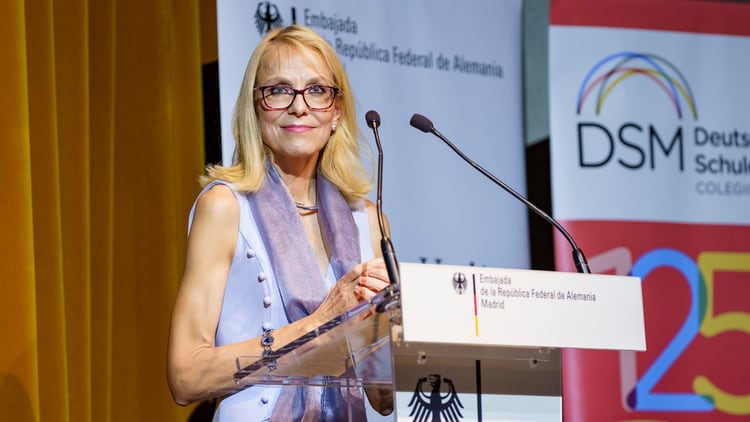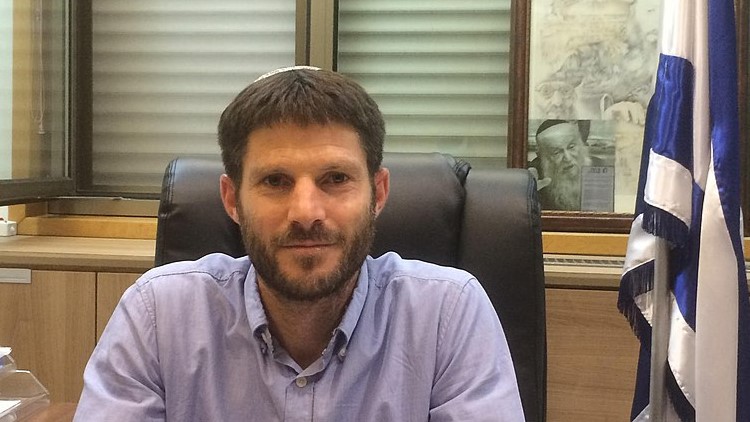The Diplomat
Sovereign wealth funds experienced in Spain, between 2022 and 2023, their highest levels of activity for almost ten years, according to the latest Sovereign Wealth Funds 2023 Report, prepared by the Center for the Governance of Change at IE University with the collaboration of ICEX-Invest in Spain.
According to the study, presented yesterday at ICEX headquarters in Madrid, sovereign wealth funds carried out in 2022, in a context of economic, geopolitical and social uncertainty, up to eleven transactions in Spain, equaling a previous record set in 2014, with a total value of €2.9 billion. In addition, the first quarter of 2023 was also notably active, highlighting the collaboration between NBIM and Iberdrola in renewable energies and Mubadala’s investment in biofuels.
Real estate and technology were the areas that attracted the most significant investments, with GIC planning to invest €1.5 billion in rental housing in Spain and Mubadala continuing its investment in homes for the elderly in the country. On the other hand, human resources technology company Factorial achieved a unicorn valuation with a $120 million Series C round investment led by Atomico and with participation from GIC, among others.
These data, according to ICEX, show significant growth in SWF activity in Spain, supported by investment in various sectors and the creation of new funds, such as the Co-investment Fund (FOCO) and the Social Impact Fund (FIS), launched by COFIDES, which seek to attract foreign investment and promote energy transition and social impact in the country. These initiatives support the vision of strengthening the Spanish economy and moving towards a more sustainable future.
“An open, innovative economy exposed to international competition such as Spain’s cannot be conceived without a broad presence of international capital, and this is reflected in the attractiveness Spain shows for investment,” said the acting State Secretary for Trade, Xiana Méndez, during the presentation of the report.
Global data
This study, Méndez added, “clearly illustrates the active role that sovereign wealth funds play in the global economy with operations that are not only large in volume, but increasingly diversified.” In fact, according to the report, SWFs made investments worth $95.2 billion worldwide throughout 2022 by closing 376 deals.
In a scenario marked by geopolitical tensions, supply chain disruptions, inflation, historically high interest rates and mixed performance in financial markets in general, sovereign wealth funds have seen an 11% increase in assets under management (AUM) moving to $11.6 trillion in 2022 from $10.39 trillion in 2021, and diversified away from technology.
The most active sovereign investors last year-in terms of new investments-were two Singapore funds Temasek and GIC. Middle Eastern funds Mubadala Investment Company, Abu Dhabi Investment Authority, Qatar Investment Authority and Public Investment Fund also topped the list. Together, these six funds were involved in more than 80% of the transactions analyzed. Looking at the full period covered by the report (January 2022 to March 2023), Mubadala outperforms GIC in deal activity, participating in almost 6 deals per month. This is the first time a non-Singaporean fund has reached the second spot.
Unlike 2021, where SWFs invested mainly in the technology sector, 2022 saw a diversification in the industries that piqued their interest. Healthcare was a very active sector in terms of number of transactions, even if the average amount per transaction was not as high as in the case of IT, industrials or real estate, which tops the ranking. These last three sectors (information technology, industrial and real estate) accounted for approximately 66% of these investments. Each sector attracted nearly $21 billion in investments in 2022, accounting for 204 of the 376 total transactions.
The United States attracted 60% of the value of SWF deals, well ahead of its competitors. It was followed by the United Kingdom and India. China on the other hand was left out of the top three destination countries and saw deals halve in both number of deals and dollar volume.







